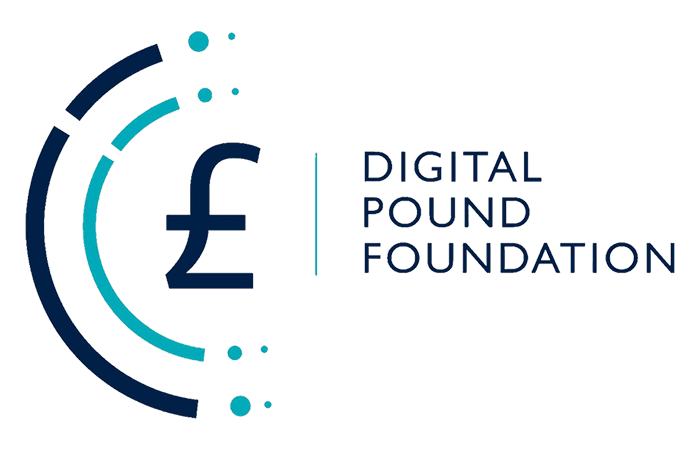The Central Bank of Honduras has embarked on a comprehensive two-month consultation period to explore the potential implementation of a retail-oriented Central Bank Digital Currency (CBDC). The primary focus of this initiative is to enhance financial inclusion, with a particular emphasis on facilitating cross-border transactions, specifically remittances.
In collaboration with the International Monetary Fund (IMF), the central bank, currently in the preliminary research phase of CBDC development, has unveiled a detailed paper outlining its vision for the future landscape of currency and payment systems.
To provide context, Honduras, characterised as a relatively low-income nation, grapples with a significant portion of its nearly ten million population living below the poverty line, estimated at around 60%. The nation’s financial inclusivity remains limited, as only 37.85% of individuals above the age of 15 are reported to possess bank accounts, as per data from the World Bank in 2021. Notably, family remittances account for a substantial 25.9% of the country’s GDP, lending further credence to the strategic alignment of CBDC objectives with the enhancement of financial inclusion and streamlining remittance processes.
These objectives appear well-founded, particularly given that 81% of the population boasts access to mobile phones, while 72% are equipped with mobile internet access, and 52% enjoy broadband connectivity.
A primary ambition in the potential deployment of a CBDC is the establishment of a 24/7 central bank retail payment system, designed for instantaneous settlement. Honduras already houses a swifter payment system, ACH PRONTO, which is privately operated by banks, ensuring almost immediate settlement. This system currently operates daily from 5am to 10pm, albeit with slightly truncated hours on select days. Notably, a central bank-approved reform is poised to expand the participant pool beyond banks.
In addition to conventional banks, savings and credit cooperatives exert a significant influence within Honduras’ financial landscape. Consequently, another pivotal aim of a prospective CBDC implementation is to foster greater interoperability among the diverse array of existing payment systems.
Interestingly, electronic money has not experienced substantial growth within Honduras. While this represents an opportunity for the central bank to leverage the potential of a CBDC, it also raises questions regarding the factors that have hindered its progress thus far.
Drawing inspiration from successful CBDC and retail payment developments in countries such as Brazil and India, the IMF has proposed that Honduras examine these models. While these nations have adopted differing CBDC approaches, the achievements of Brazil’s PIX retail payment system have led it to pursue a wholesale CBDC model, primarily facilitating bank deposit tokens for securities and distributed ledger technology (DLT) settlements. In contrast, despite the triumph of India’s UPI retail payment system, it has embraced both retail and wholesale CBDC strategies.
Meanwhile, a noteworthy observation is that three out of the four currently operational retail CBDCs are emanating from neighbouring Caribbean nations, including Jamaica’s JAM-DEX, the Bahamian Sand Dollar, and the Eastern Caribbean’s DCash.
























































